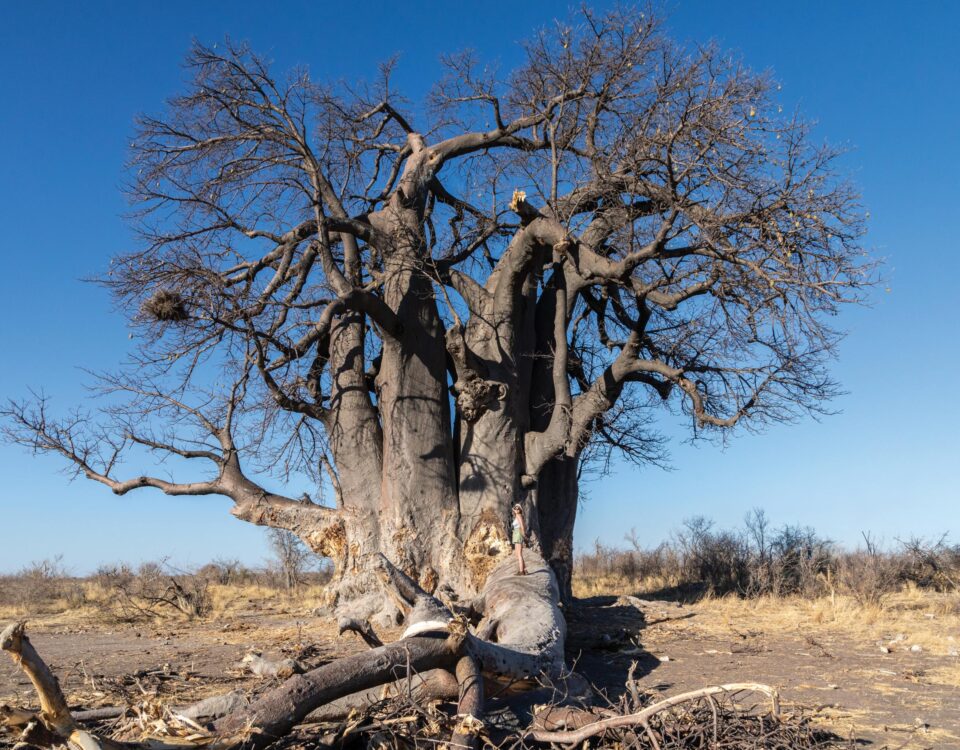Creating a renewable energy forum
June 20, 2012Experts say Africa could become green growth model
June 20, 2012Thirty years ago, a number of vulture researchers at a wildlife symposium in Pretoria agreed to establish a “vulture group” in Southern Africa. In 1978, the Vulture Study Group (VSG) became a working group of the Endangered Wildlife Trust, one of the most active NGOs in Southern Africa.
The VSG is a “diverse assemblage of people, creating a unique vitality, a spirit of adventure and teamwork and a unifying passion for vultures”. At a landmark Kimberley workshop on vulture conservation in 1997, it was decided to expand the activities of the VSG into all countries of Southern Africa and provinces of South Africa. Volunteers were appointed as co-ordinators of VSG activities in each of these areas. Although the formal activities of the VSG in Namibia came into being only in 1997, vulture researchers had been busy in Namibia since the sixties.
 The mission of the VSG is to further the cause of vulture conservation through the facilitation of research, conservation action and communication, both in Southern Africa and internationally.
The mission of the VSG is to further the cause of vulture conservation through the facilitation of research, conservation action and communication, both in Southern Africa and internationally.
The VSG sees itself operating on two fronts. In Southern Africa the emphasis is on conservation action and research. Internationally, the VSG strives to act as a global forum for the international vulture conservation community, primarily through the communication medium of the VSG’s journal, Vulture News.
Vulture News is aimed at bringing together the latest on research, conservation and all matters concerning vultures on a worldwide basis. In addition, the USG produces two newsletters, Gyps Snips and Vulture Views.
Several research projects are underway in Namibia. The Cape griffons that used to breed on the cliffs of the Waterberg Plateau Park are considered “critically endangered” in Namibia. In the 1940s it was estimated that there were 500 birds on these cliffs, but by 1970 only about 300 remained. Then there was a disastrous crash of the population, and by the early 1980s there were only about 10 birds left. The decline was then slowed by a feeding scheme in the Waterberg Plateau Park, and by 1991, 25 Cape griffons were recorded at the feeding site. However, in 1997, only four birds were seen. The supplementary feeding scheme is now continuing under the watchful eye of the Rare and Endangered Species Trust (REST) formed by Maria Diekmann, who is also a VSG representative in Namibia. The Cape griffons are monitored on a regular basis, and it is hoped to obtain and fit satellite-tracking equipment on all the remaining birds.
In the Etosha National Park, staff of the Ministry of Environment and Tourism (MET) have been ringing Lappet-faced and White-backed vultures annually for several years, and monitoring vulture poisonings on farms bordering Etosha. Poisoning re-mains the biggest threat to vultures throughout Namibia and is decimating populations of all vulture species.
In the Namib-Naukluft Park, breeding Lappet-faced vultures have been monitored for the past 12 years and meaningful data has been obtained from this long-running project managed by the VSG and MET.
The VSG, through extension work at Farmer’s Union meetings, conservancies, press re-leases, brochures and pamphlets, tries to create awareness of vultures and their role in the environment. The threat to all vulture species is real and hardly a week goes by without some vultures being poisoned, shot or drowned in farm reservoirs.
The VSG is collecting data on all aspects of vulture populations throughout Namibia. We require information on where the vultures are breeding, their breeding success, their numbers and the species involved. Please report any dead vultures, whether from natural or unnatural causes, as well as any problems caused by vultures or other birds of prey.
The VSG could not operate without the generous support of many individuals and organisations. The VSG in Namibia would like to thank the Commercial Bank of Namibia, NamibRand Nature Reserve, Electro Repairs of Windhoek, Dirk Heinrich Photo Library and Weltevrede Rest Camp for their generous and unstinting support.
This article appeared in the 2003/4 edition of Conservation and the Environment in Namibia.

